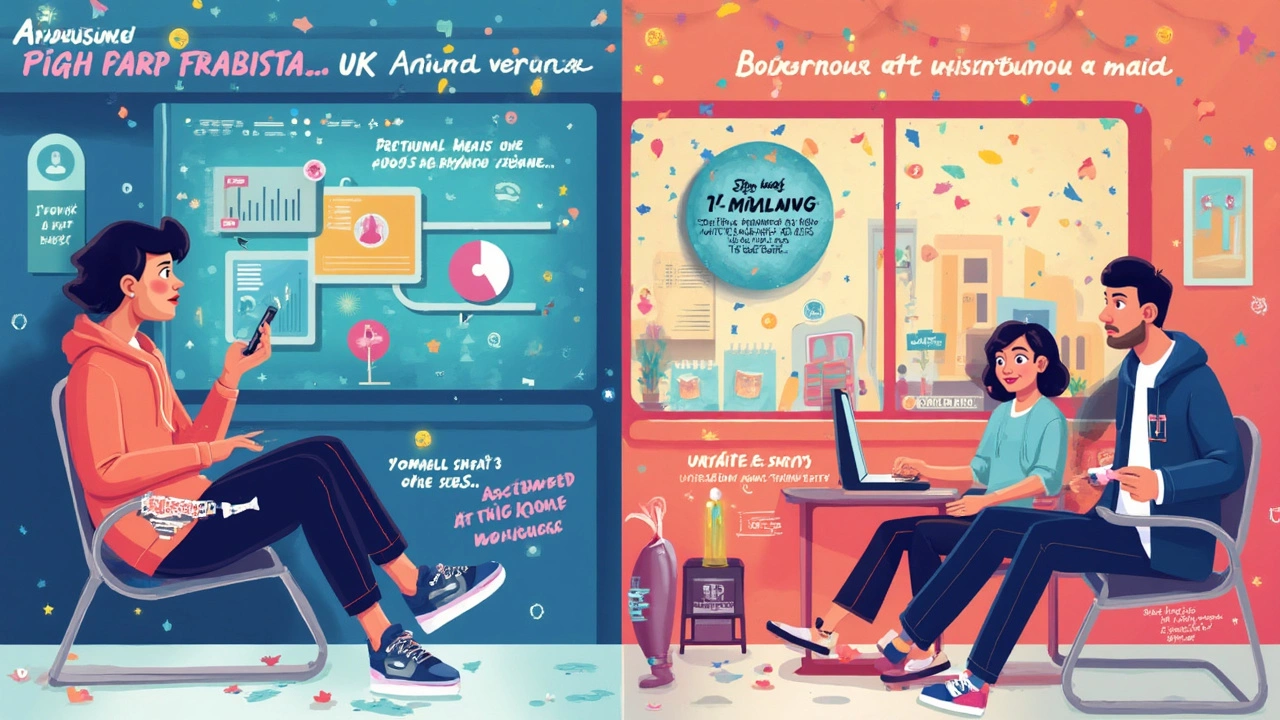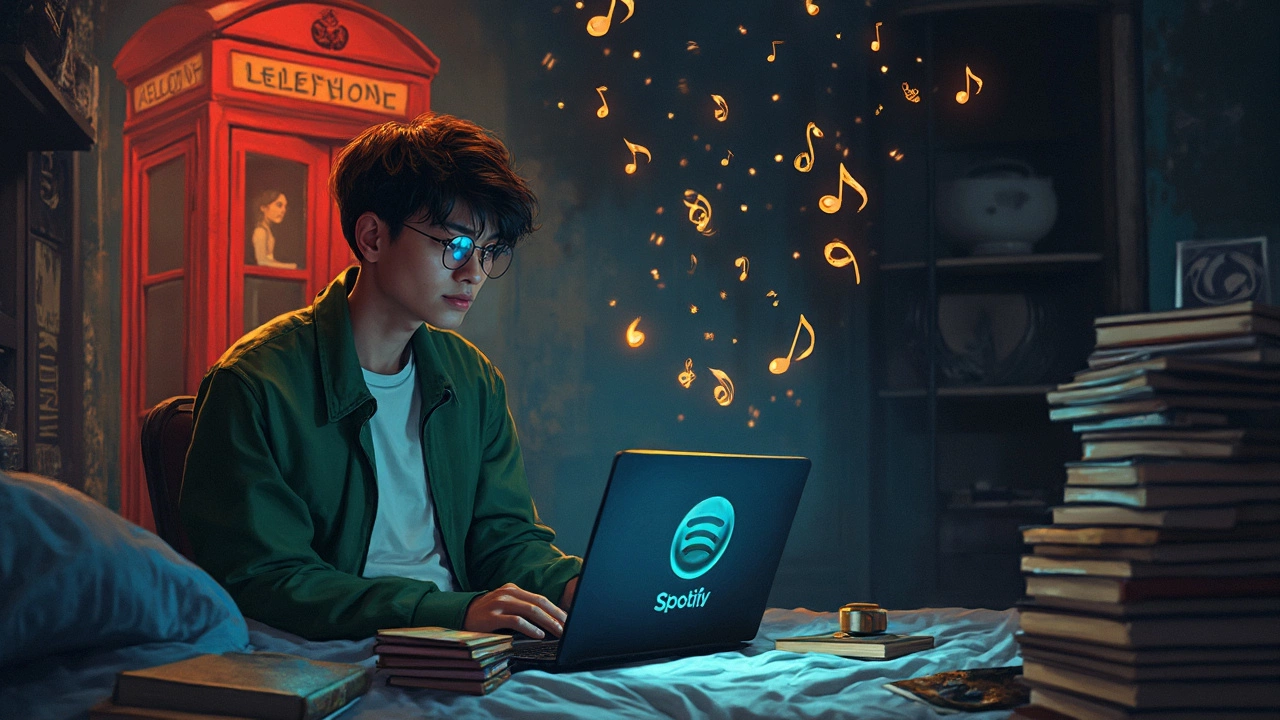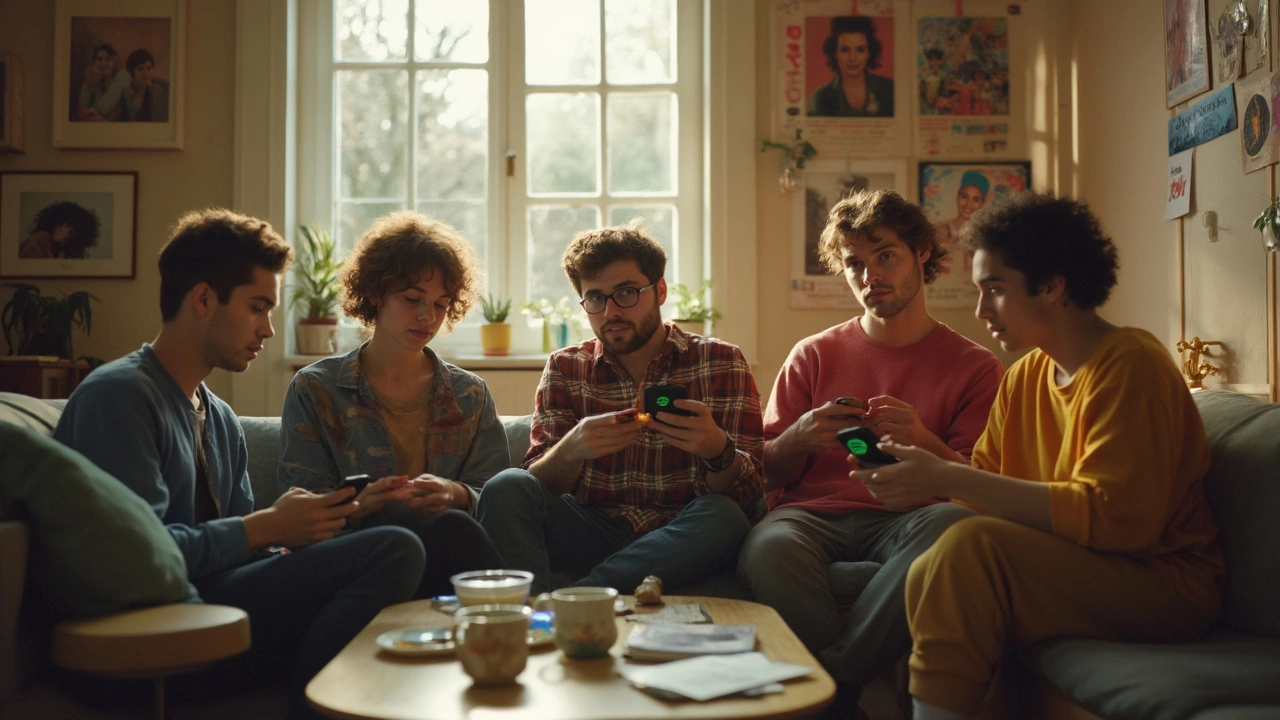Last summer, Taylor Swift pulled her catalogue from Spotify for a hot second, and maybe that’s all you need to know about the music streaming world lately. Is it still the best value? Every flat white you buy in Wellington seems to be more expensive, but is your monthly Spotify bill actually still giving you bang for your buck? Or would you be better off with something else—or even (gasp!) just sticking to the radio?
How Spotify Has Changed: 2024 Features, Prices & Value
Spotify is, in many ways, like your old favorite pair of jeans—a bit familiar, very user-friendly, but also occasionally annoying because it keeps changing the pockets. In 2024, the platform has over 615 million monthly active users worldwide. That’s more people than the entire US and New Zealand combined—crazy, right? About 245 million of those are Spotify Premium subscribers, which is a solid chunk.
If you’re using the free version of Spotify, it’s almost daring you to go Premium. Ads pop up every few songs (and always at the worst moment), and you can’t always skip when a song gets boring. Now, in New Zealand, Spotify Premium costs NZD 15.99 per month for individuals, NZD 19.99 for couples (the “Duo” plan), and NZD 22.99 for families, up to six users, all set under one roof. Students still get the sweetest deal at NZD 7.99—if you’re able to pass as a student, don’t sleep on that discount! There have been small but regular price hikes the last couple of years, and those have genuinely annoyed people. But tons keep paying, which says something.
A huge draw for Premium users is offline listening—super handy if you spend much time on dodgy Wi-Fi or in flight mode. No more scrambling for connection or using precious data just to hear your playlist. You download albums, podcasts, whole playlists, and roam free. Lose your internet? Not a problem.
In 2024, Spotify has also doubled down on its “AI DJ,” called Xavier in New Zealand. This virtual DJ seems to learn your taste so quickly you’ll start feeling a bit seen…maybe too seen. This year, the AI DJ function improved; it now provides commentary, blends artists, and even recommends throwbacks you’d forgotten existed. If you’re tired of scrolling, Xavier’ll tee up an endless, frighteningly accurate mix.
The Listen Together feature lets you sync listening in real time with mates—perfect for long-distance relationships or distant flatmates wanting to queue up some Sunday feels together. Spotify’s lyric mode, too, has sharpened up this year: now you can sing along with auto-scrolling lyrics, just in time for your next karaoke party (or solo shower concert).
What’s new? Spotify’s upgraded crossfade smooths out awkward song transitions, while playlist-creation tools now pull in music from TikTok, Instagram stories, and even let you build “mood” lists with emojis. Its podcast offering, too, somehow keeps growing—there are now 6.2 million episodes on Spotify worldwide, making it the biggest single platform outside of Apple’s Podcast app. Spotify also finally brought audiobooks to Premium users in 2024—though the library’s a bit smaller, you do get 15 free listening hours each month. That could sway a real bookworm.
But is there a catch? There’s a lot of focus on “discovery.” That means you get a lot thrown your way based on what Spotify thinks you like. Sometimes, the algorithm gets it spot on—other times, you’re wondering who fed it your flatmate’s playlist. The more you teach Spotify about your taste, the more satisfying it is. But, if you value total privacy, bear in mind they do keep track of your every skip, like and share to build those suggestions. Up to you if that’s creepy or convenient.
If you prefer lossless audio (CD quality), Spotify still hasn’t rolled it out globally—losing points there against rivals like Tidal or Apple Music. There’s been endless talk of a “Spotify HiFi” plan but, despite promises, it’s still vaporware for New Zealanders as of June 2025. Most teens wouldn’t care, but audiophiles definitely do.
As for device support, Spotify is literally everywhere—PC, Mac, iPhone, Android, Sonos, smart watches, even certain fridges and TVs. Its handoff feature lets you jump from your phone to, say, your MacBook or a smart speaker with a single tap. That’s a small but awesome perk when you’re cleaning and don’t want to mess with AirPlay or Bluetooth connections.

Spotify vs. The Competition: Who Does It Better?
Spotify doesn’t exist in a vial. It’s got real competition. Apple Music, YouTube Music, Amazon Music, and smaller platforms like Tidal all want your ears and cash. They all work in New Zealand and have their own loyal fans. So, how do they stack up? See some quick facts laid out:
| Service | Price (monthly, NZD) | Song Library Size | Offline | Unique Perks |
|---|---|---|---|---|
| Spotify Premium | 15.99 | 100 million+ | Yes | AI DJ, collaborative playlists, podcasts |
| Apple Music | 16.49 | 100 million+ | Yes | Lossless, Dolby Atmos, tight iOS integration |
| YouTube Music | 14.99 | 100 million+ | Yes | Music videos, easy switch to YouTube, best remixes |
| Tidal HiFi Standard | 16.99 | 100 million+ | Yes | CD & Master quality, pays artists higher |
So, what actually sets Spotify apart? For one, Spotify still leads by miles on playlists. If you’re all about “New Music Friday,” “Hot Girl Walk,” or “Sad Bops in the Rain,” no one comes close. Spotify’s collaborative playlists are great, too. They let you and friends co-create the soundtrack for a party, a car trip, or just swap new indie finds. Apple Music and YouTube Music do offer sharing, but it’s not as fun or seamless.
On music discovery, Spotify’s algorithm is genuinely clever. If you spend a month clicking “like” and skipping what bores you, your Discover Weekly gets scarily accurate—sometimes too much so, making people joke that the app knows them better than their partner. If you love podcasts, Spotify is queen: it reportedly invested over US $1 billion into podcasting the last five years, snapping up exclusive shows from household names and weird niches alike. No other service in NZ comes close in breadth.
On sound quality, it’s where Spotify slightly trails. Apple Music offers lossless audio as standard, and Tidal gives you bona fide “audiophile” levels for not much more per month. Spotify’s “very high” quality setting (320kbps) is good enough for running errands or background listening. But on premium headphones, you might notice the difference—and if you crave the cleanest, most detailed sound, Apple Music or Tidal make Spotify feel basic.
Device integration is a toss-up. Apple Music glides on Apple devices, with real-time lyrics and handoff across iPhones, iPads and Macs. But Spotify’s “Connect” works on basically any smart speaker, car audio, console or old laptop you can find. It also works better for collaborative sessions and group listening—ideal for flatmates, families and parties where everyone’s got their own phone on hand.
Price-wise, almost all these services have crept up, but Spotify and YouTube Music are usually a little less per month than Apple. Family plans are all within a couple dollars. If you want the best sound, Tidal actually delivers more for the price. But if your main jam is sharing, discovering, and endless playlists, Spotify really is the social king.
What about exclusive artists and songs? These days, there are fewer “Spotify-only” tunes—you can find the latest hits and most albums everywhere, thanks to pressure from artists and labels. YouTube Music shines for obscure remixes and hard-to-find live tracks, but if you want a library that feels endless and is great at surface-level curation for any mood, Spotify’s still got the crown.

Spotify Tips, Hidden Gems & Little-Known Features in 2024
Let’s say you’re keeping Spotify for another year—or maybe giving it a go for the first time. There’s more to it than saves and skips. Loads of small features make it a lot more fun. Here are a few little hacks and hidden gems that might actually make your day:
- Real-Time Lyrics: Not only can you sing along, but you can also post lyrics directly to Instagram stories. If you see friends sharing stylized lyric snippets, that’s how they’re doing it.
- Enhanced Playlists: When building a playlist, Spotify now suggests songs to add and will even autofill based on a mood or genre if you’re lazy or stuck.
- Sleep Timer: Fall asleep to a favorite podcast or album—set it to turn off, so it doesn’t eat your data (or finish your audiobook without you!).
- Cross-Platform Handoff: Mid-song, you can jump from your phone to a laptop or smart speaker—perfect for when you get home and want to blast a banger.
- Blend Playlists: Merge your taste with a friend’s or partner’s—the app finds overlap and generates a playlist both will vibe with. Use for first dates or for settling the classic flatmate music debate.
- Private Sessions: This setting temporarily hides your listening activity from friends. Pro tip if you want to keep guilty-pleasure tunes a secret.
- Voice Search: Too busy to type? Hold the search icon and say anything — like “Play Dua Lipa’s newest single” — and it just works.
- Audiobook Allowance: Premium plans come with 15 free audiobook hours per month. It resets every billing period, so you can knock off a whole novel on road trips and commutes.
- Data Saver Mode: On a tight plan? Switch to lower quality for streaming on mobile, so you don’t eat your allowance in a week. Also download on Wi-Fi before leaving home—the offline mode works wonders even in airplane mode.
- Discover Mode: Experiment with hidden “Spotify Codes.” Scan a friend’s code (QR-style) to follow playlists or share an album instantly.
It’s not all perfect, though. Spotify still has its bugs: sometimes lyrics are inaccurate, or playlists get shuffled wrong. Occasionally, the app boots you off devices randomly. But on the whole, the mix of music, podcasts, and audiobooks in one place, paired with how easily you can share or co-listen, makes it genuinely versatile.
Tips for getting the most out of Premium? Definitely make use of the offline mode if you’re on the go a lot—especially if you bus between cities or have unpredictable coverage. Families with lots of listeners should set up a Family Mix playlist, which combines everyone’s taste for background music in the kitchen or living room. If you’re a student, keep your status up to date for half-price Premium—it’s silly not to if you qualify.
Heads up: If you don’t want to pay full price, there’s usually a three-month free trial at least once a year—and sometimes, if you cancel and wait, you’ll get offered another. Don’t pay a year ahead unless there’s a serious deal.
Last hot tip: take time each month to heart or unlike tracks. The more honest you are, the better Spotify curates your mixes, and the less you get stuck in a rut of the same old songs.
So, circling back: is it worth it? If you’re happy paying $16-ish each month for basically unlimited songs, loads of podcasts and now audiobooks, it’s honestly hard to beat. Is it perfect? Nah—not if you want HiFi or you’re bothered by slow support. Could you get away with free or another service? Of course. But for music lovers who crave social playlists, easy sharing, and a little AI magic just for your ears, Spotify’s still the go-to in 2024. Just, y’know, don’t be afraid to tell the algorithm when it’s dead wrong.

